
I suppose that if anyone was going to be the first to introduce a system that allowed the provenance of an image to be traced, right back to where it came from and to the original file, it would be Leica. In the new M11-P rangefinder we have just that, with the inclusion of Leica Content Credentials. The feature relies on a new hardware chip that encodes details of how each image was recorded and what it looked like, so it can be compared to future versions of itself. In theory, this will allow viewers of images to check what has been done to an image and for photographers to see when one of their images has been used and altered without permission. The idea is to give the public and commissioners more confidence that what they are looking at hasn’t been faked or manipulated beyond reason.
How does it work? Content Credentials isn’t just a Leica thing. It’s the beginning of a common provenance standard in a scheme that includes players such as Adobe, Microsoft and Nikon. When you switch the feature on from the menu, the camera records shooting data to a file that’s attached to the image, much in line with what’s recorded by regular EXIF data but with the chance to add the name of the photographer and the copyright holder. This file is then passed with the image to your editing application – such as Photoshop – which can then, if it is compatible with the Content Credentials system, add a record of all the changes made.
This story is from the November 28, 2023 edition of Amateur Photographer.
Start your 7-day Magzter GOLD free trial to access thousands of curated premium stories, and 9,000+ magazines and newspapers.
Already a subscriber ? Sign In
This story is from the November 28, 2023 edition of Amateur Photographer.
Start your 7-day Magzter GOLD free trial to access thousands of curated premium stories, and 9,000+ magazines and newspapers.
Already a subscriber? Sign In

Calling The Shots: A Queer History of Photography
Offering an unprecedented view of photographic history through a queer lens, this is a wonderful and powerful book, says
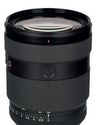
Large-aperture standard zoom, too
SONY has also revealed a new premium standard zoom, the FE 28-70mm F2 GM.
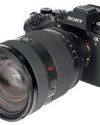
Super-fast, high-res Sony Alpha Ai II
SONY has announced its new professional full-frame flagship camera, the Alpha A1 II.
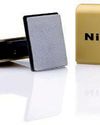
39 awesome accessories
Our round-up of the best accessories we've used and reviewed this year, along with some old favourites. There's something here for every budget, starting from just £7, including tripods, bags, filters and much more

Such a thing as society
This autumn sees the launch of a major new book and exhibition devoted to examining the multiplicities of photography during 1980s Britain. Peter Dench finds out more

Join Club
The sociable Canvey Island Photographic Club is keen to grow its in-person meet ups
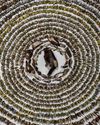
Capturing flight
Winners and finalists of Bird Photographer of the Year share their tips for success with Hollie Latham Hucker

140 years of change
AP has become the world’s oldest surviving consumer photo magazine because we have moved with the times, says Nigel Atherton

Preserving history in platinum
A deep dive into the meticulous art of platinum printing, and the collaboration between the Royal Geographical Society and Salto Ulbeek. Mike Crawford explores how they brought historical photographs to life with enduring beauty and precision
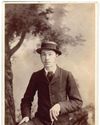
Life in the past lane
What was life like for an amateur photographer in 1884? John Wade takes a trip back in time